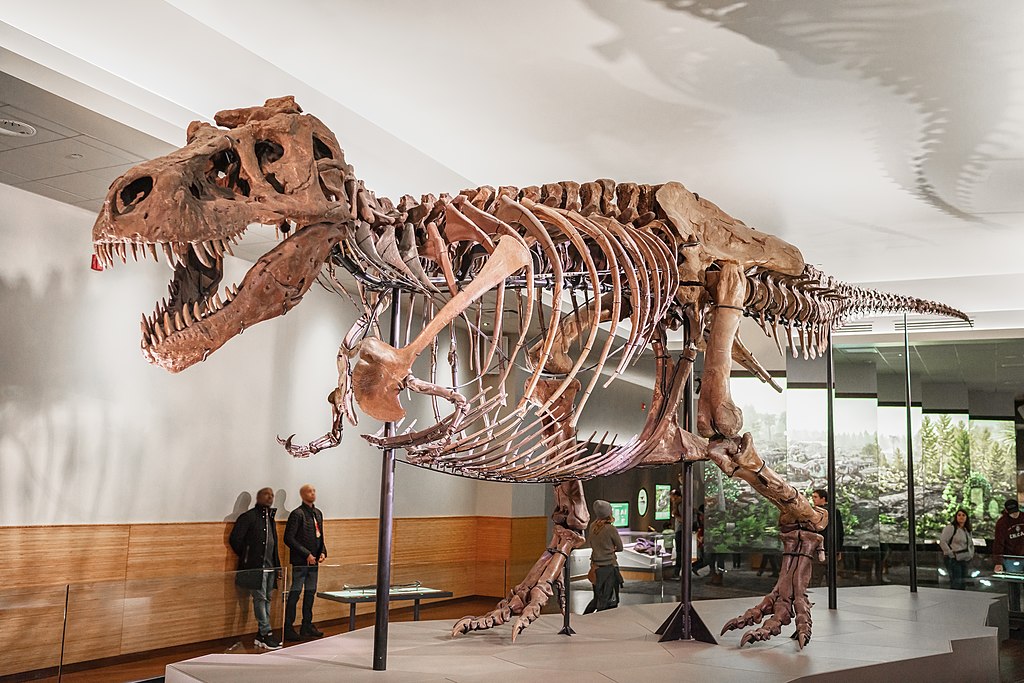Walking through a museum’s dinosaur exhibit, it’s easy to marvel at the massive skeletons that once roamed our planet. These impressive displays might lead one to wonder: if dinosaurs dominated Earth for over 165 million years and existed on every continent, why aren’t their remains found everywhere we dig? Despite their long reign and widespread distribution, dinosaur fossils remain relatively rare treasures rather than common discoveries. The answer lies in a fascinating intersection of geology, biology, and sheer chance that determines which ancient creatures are preserved for future discovery and which vanish completely from the record of time.
The Rarity of Fossilization

Fossilization is an exceptionally rare process, occurring in less than one percent of all organisms that have ever lived. When an animal dies, its remains typically decompose completely, leaving no trace behind. For a dinosaur to become a fossil, very specific conditions must be met immediately after death. The creature must be quickly buried by sediment before scavengers, bacteria, and weathering can destroy the remains. This rapid burial typically happens in environments like riverbeds, floodplains, or lakes where sediment accumulation occurs regularly and quickly. Without this perfect preservation scenario, all evidence of the dinosaur’s existence disappears into the biological recycling system of our planet, with bones and tissues breaking down completely and returning their elements to the environment.
The Perfect Preservation Environment

The environments most conducive to fossilization are those where rapid burial occurs in oxygen-poor conditions. Ancient river deltas, lake bottoms, and coastal areas provided ideal settings for preservation as they naturally accumulated sediment that could quickly cover remains. Deserts, surprisingly, can also be excellent preservation environments, as sand can rapidly bury carcasses and the dry conditions slow decomposition. Conversely, densely forested areas like those of the Mesozoic Era were actually quite poor for fossil formation because fallen animals would typically be consumed by scavengers or decompose fully before burial could occur. This environmental selectivity means that while dinosaurs lived in virtually all terrestrial environments, we primarily find fossils in areas that once featured these specific preservation-friendly conditions.
Taphonomy: The Science of Decay

Taphonomy, the study of how organisms decay and become fossilized, reveals the extraordinary sequence of events required for preservation. After a dinosaur died, a race against time began. Soft tissues typically decomposed within days or weeks, while bones could last months or years before breaking down completely. For fossilization to occur, minerals in groundwater needed to infiltrate the remaining hard tissues before they disintegrated, gradually replacing the original material with minerals like silica, calcite, or pyrite through a process called permineralization. This delicate process requires stable geological conditions over millions of years – any disruption could destroy the forming fossil. The complexity of these requirements helps explain why complete dinosaur skeletons are exceedingly rare, with most fossil discoveries consisting of isolated bones or fragments rather than whole specimens.
Geological Processes: Burial and Exposure

Even when conditions allow for fossilization, the resulting fossils must still survive millions of years of geological activity to be discovered in the present day. After initial burial and mineralization, fossils can be subjected to immense pressures as sedimentary layers build up above them. These pressures can crush or distort fossils, while tectonic movements might fracture them or move them far from their original locations. Paradoxically, while burial is essential for preservation, fossils can only be discovered when geological processes eventually re-expose them at the surface. This typically happens through erosion, uplift, or human excavation activities like mining or construction. The fact that a fossil must both be perfectly preserved and then conveniently exposed millions of years later adds another significant filter that limits where we find dinosaur remains today.
Land Accessibility and Research Focus
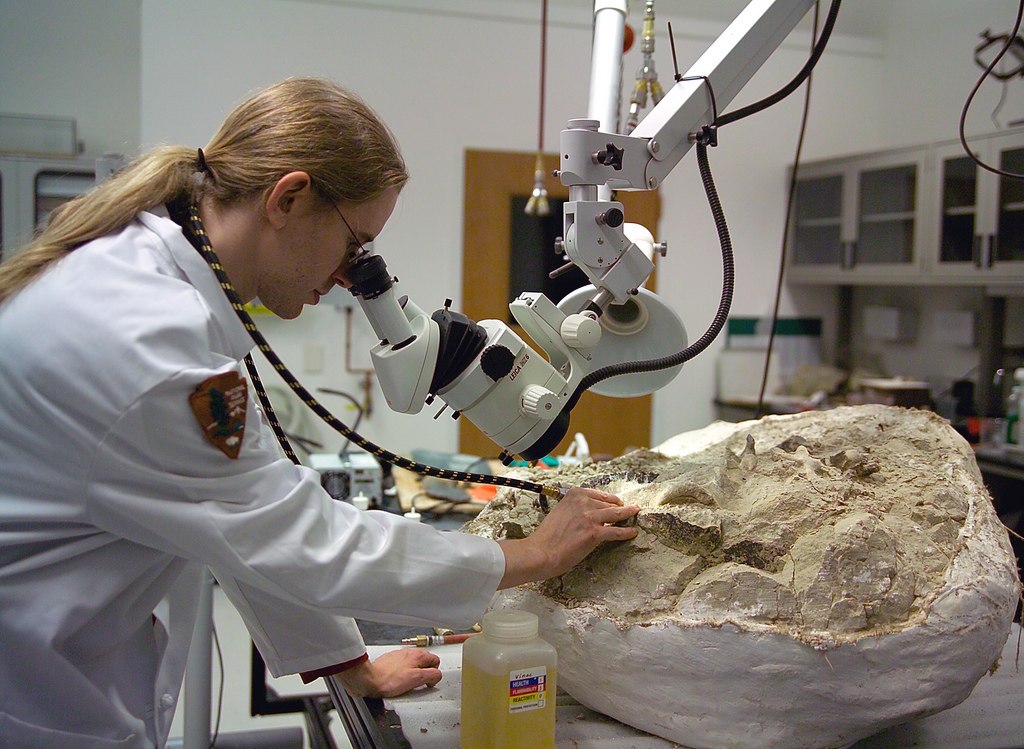
The distribution of known dinosaur fossils is heavily influenced by where paleontologists can actually conduct fieldwork. Regions that are accessible, politically stable, and have established research programs tend to yield more fossil discoveries simply because more people are looking there. The American West, for example, has produced a wealth of dinosaur fossils partly because its arid landscape provides good exposure of fossil-bearing rocks and has been extensively studied for over a century. Conversely, densely forested regions like the Congo Basin might contain numerous fossils, but the challenging terrain, limited bedrock exposure, and sometimes restricted research access mean fewer discoveries occur there. This sampling bias significantly shapes our understanding of dinosaur distribution and diversity across ancient Earth.
The Impact of Rock Types
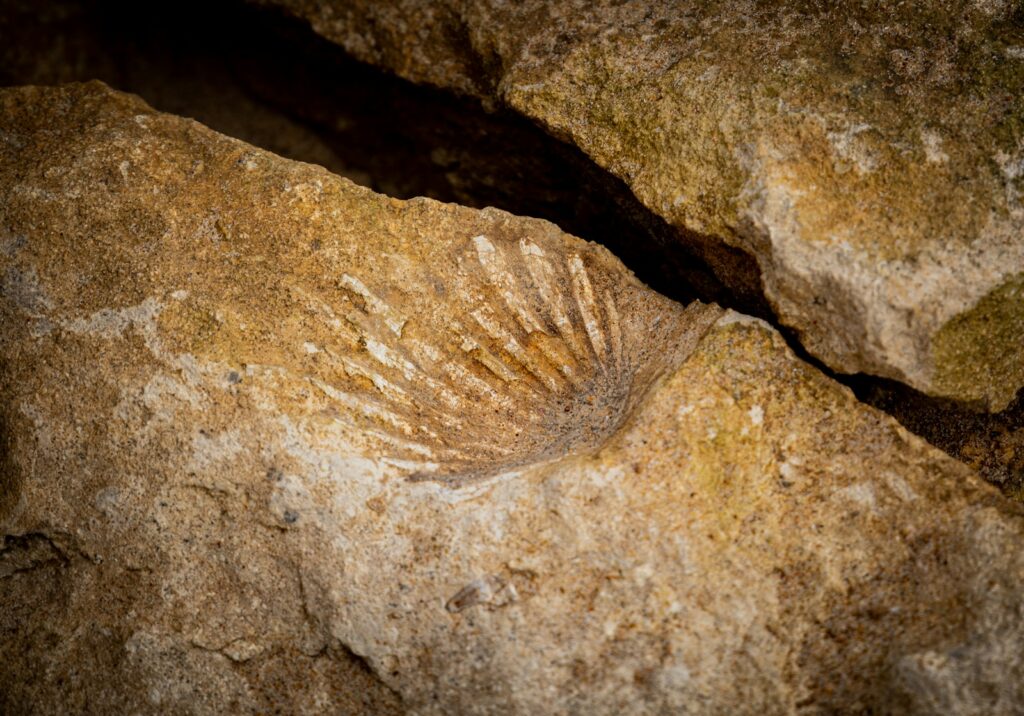
Not all rock types are equally likely to contain dinosaur fossils. Sedimentary rocks, formed from accumulated layers of sediment, are the primary repositories for dinosaur remains. These include sandstone, mudstone, limestone, and shale – all created in environments conducive to burial and preservation. By contrast, metamorphic rocks have undergone such intense heat and pressure that any fossils they might have contained are typically destroyed in the transformation process. Igneous rocks, formed from cooled magma or lava, never contained fossils to begin with. This geological reality means that in regions dominated by igneous or highly metamorphosed rocks, such as much of the Canadian Shield or parts of Scandinavia, dinosaur fossils are virtually non-existent regardless of whether dinosaurs once lived there.
Geological Time: Rocks of the Right Age
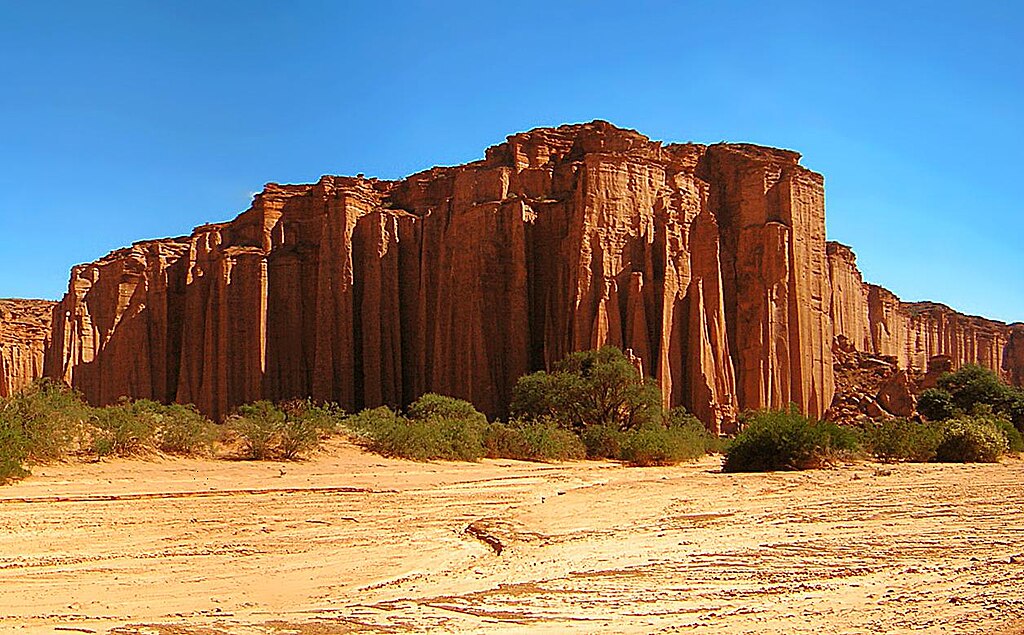
Dinosaurs existed during a specific window of Earth’s history, primarily the Mesozoic Era spanning from approximately 252 to 66 million years ago. To find dinosaur fossils, we need access to exposed rocks from this specific time period. In many regions around the world, the surface rocks are either much older than the dinosaur era (predating their evolution) or much younger (formed after their extinction). In places like much of Ireland, central Africa, or parts of Canada, the rocks at the surface simply don’t represent the right geological time period for dinosaur preservation. Other areas might have once contained dinosaur-bearing rocks that have since been completely eroded away or remain deeply buried under younger sediments, inaccessible without significant drilling operations.
Post-Extinction Events and Preservation
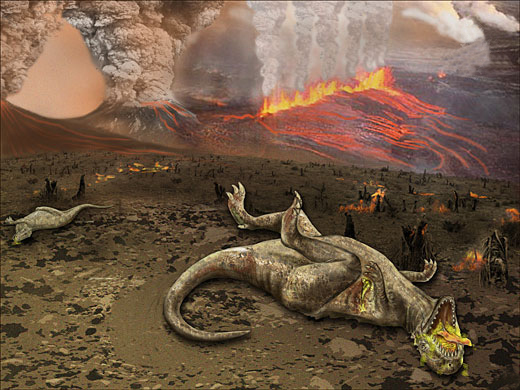
The 66-million-year period since the non-avian dinosaurs went extinct has subjected potential fossil sites to countless geological transformations. Global climate shifts have altered landscapes dramatically, with ice ages carving out valleys and moving enormous amounts of rock and sediment. Mountain-building events have thrust some once-horizontal sedimentary layers upward, while simultaneously subjecting them to increased erosion from their new elevated positions. Sea level changes have repeatedly submerged and exposed coastal areas, sometimes eroding away fossil-bearing strata and other times burying them under new marine sediments. Each of these transformations represents an opportunity for previously formed fossils to be destroyed, making the survival of dinosaur remains over such vast time scales all the more remarkable.
Human Development and Fossil Discovery

The relationship between human development and fossil discovery is complex and sometimes contradictory. Construction projects, mining operations, and road building have revealed numerous important dinosaur fossils that might otherwise have remained hidden. The famous Tyrannosaurus rex specimen “Sue” was discovered during commercial excavation work in South Dakota, while many Chinese dinosaur discoveries have come from industrial quarrying operations. Conversely, urban development has likely destroyed countless fossils as excavation for buildings and infrastructure proceeds without paleontological oversight. Additionally, human activity has dramatically accelerated erosion in some areas through deforestation and agricultural practices, potentially exposing fossils but also subjecting them to rapid weathering and destruction before they can be identified and collected.
The Uneven Fossil Record of Species
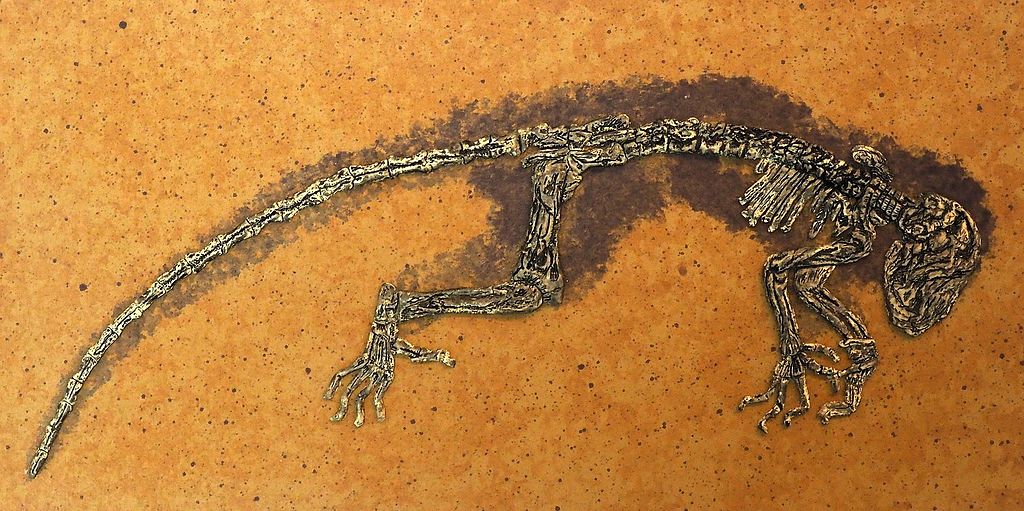
Not all dinosaur species had equal chances of entering the fossil record, creating significant biases in what we find today. Large, robust dinosaurs with thick bones like Triceratops generally preserved better than smaller, more delicate species with fragile skeletons. Species that lived in or near environments conducive to fossilization, such as coastal plains or river valleys, are disproportionately represented compared to those that inhabited mountains or dense forests. Population size and geographical range also played crucial roles – widespread, abundant species statistically had better chances of leaving behind discoverable remains than rare, geographically restricted ones. These biological and ecological factors mean that our current understanding of dinosaur diversity is inherently skewed, with some groups likely significantly underrepresented in the fossil record.
Marine Versus Terrestrial Preservation

The preservation potential for marine organisms significantly exceeds that of land-dwelling creatures, which explains why marine fossils are generally much more abundant than dinosaur remains. When marine organisms die, they often sink to the oxygen-poor ocean floor where decomposition proceeds slowly, and regular sedimentation can quickly bury remains. Additionally, the seafloor is generally a low-energy environment protected from the weathering, scavenging, and erosion that rapidly destroy carcasses on land. This preservation disparity explains why ammonites, ancient marine mollusks that lived alongside dinosaurs, are found by the millions worldwide, while dinosaur fossils from the same time periods remain comparatively scarce. The relative rarity of dinosaur fossils is partly a reflection of the inherent preservation challenges faced by all terrestrial organisms, not just dinosaurs specifically.
Recognizing Fossils in the Field
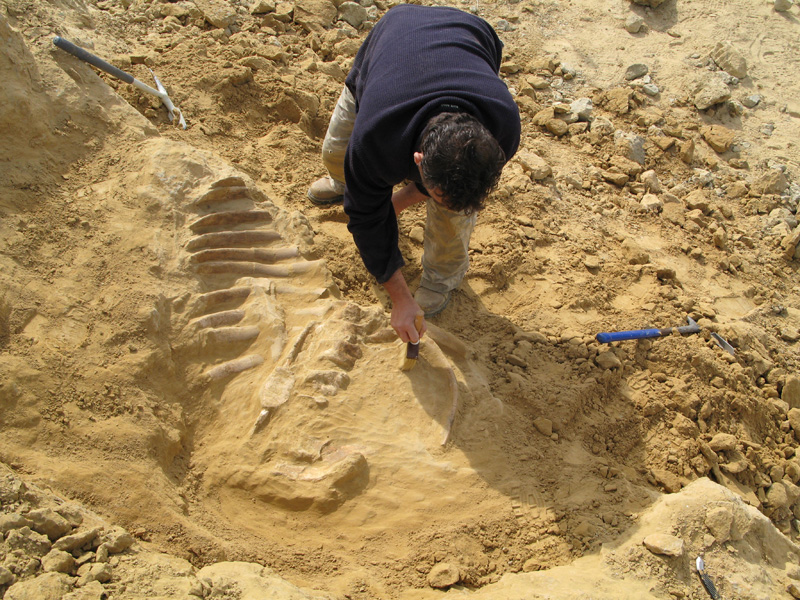
A significant factor in the apparent distribution of dinosaur fossils is simply our ability to recognize them when exposed. Weathered dinosaur bones can closely resemble ordinary rocks to untrained eyes, potentially leading to countless specimens being overlooked. Professional paleontologists develop pattern recognition skills through years of fieldwork, allowing them to spot subtle indicators of fossil material among otherwise unremarkable rocks. The discovery of rich fossil beds often depends on this specialized knowledge, which explains why certain regions yield numerous discoveries after the first significant find attracts expert attention. Moreover, some areas with potential fossil-bearing rocks remain unexplored or understudied due to accessibility issues or lack of research funding, suggesting that our current map of dinosaur fossil distribution reflects research intensity as much as actual prehistoric dinosaur habitation patterns.
The Future of Dinosaur Discoveries
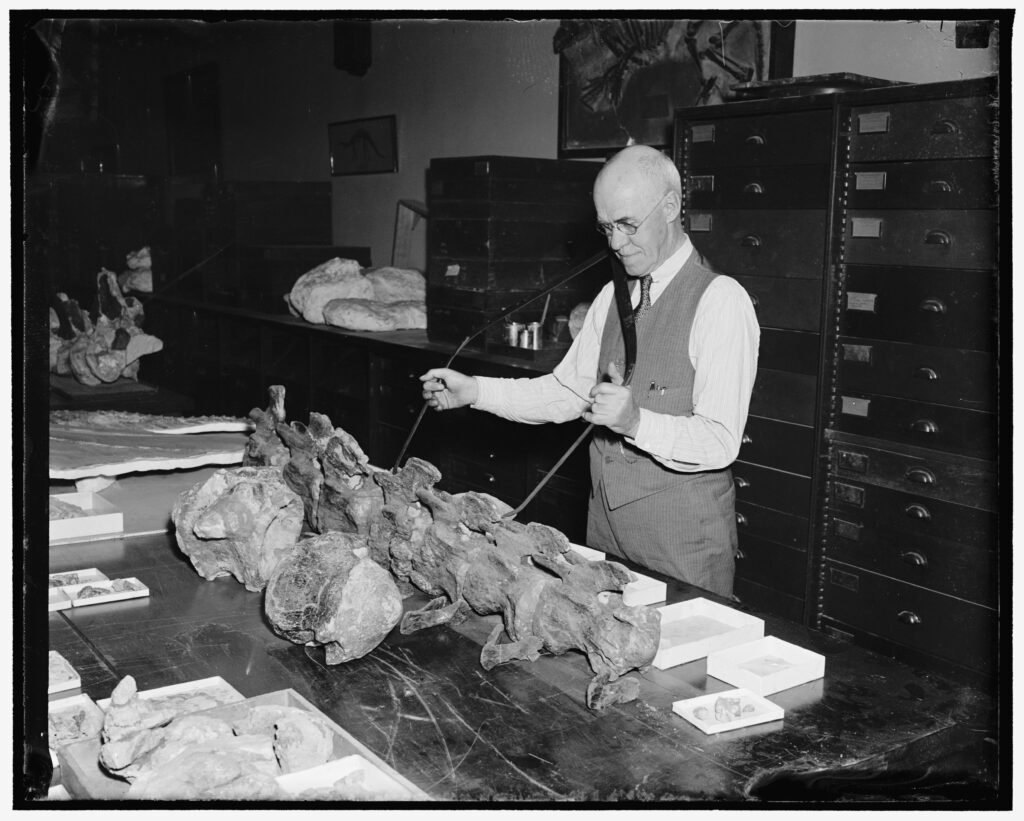
Despite the challenges in fossil preservation, new dinosaur discoveries continue to occur regularly around the world, suggesting we’ve uncovered only a fraction of the potential fossil record. Advancing technologies are expanding our capabilities, with CT scanning allowing examination of fossils still embedded in rock, and satellite imagery helping identify promising new dig sites in remote regions. Climate change may ironically assist some discoveries, as melting permafrost in polar regions exposes previously inaccessible rock formations. Meanwhile, growing paleontological programs in countries like Argentina, China, and Mongolia are systematically exploring understudied regions, regularly yielding new species. These developments suggest that while dinosaur fossils will never be commonplace, our understanding of dinosaur diversity and distribution will continue to expand significantly in coming decades through both new discoveries and reinterpretation of existing specimens.
Conclusion

The rarity of dinosaur fossils, far from diminishing their significance, enhances our appreciation for each new discovery. Every bone that survives the improbable journey from living tissue to museum display represents an extraordinary convergence of biological, geological, and historical factors spanning millions of years. While we may never find dinosaur fossils “everywhere,” the specimens we do uncover provide invaluable windows into Earth’s distant past, allowing us to piece together the remarkable story of these iconic creatures that dominated our planet for far longer than humans have existed.

